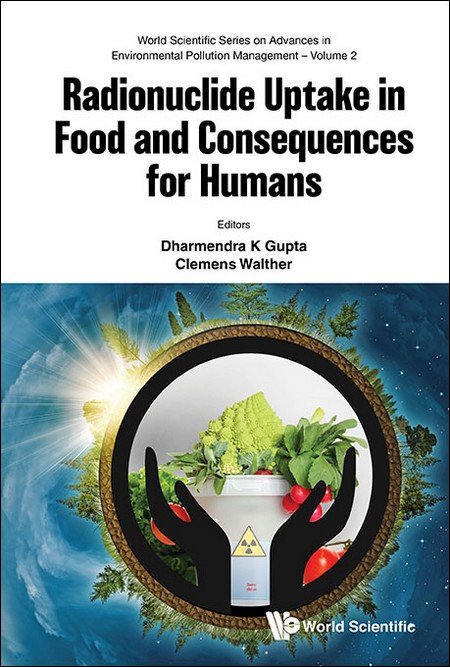Chapter 3: Influence of the Clay Fraction Mineralogy of Soils and Agromeliorants on 137Cs Mobility in Soils and Accumulation in Plants
In order to effectively address the optimization of remediating agricultural lands affected by nuclear accidents, thorough research on the parameters of radionuclide accumulation by crops and the factors that influence this process is necessary.
The mobility of radionuclides in soil is affected by a number of factors, including the granulometric composition of soils. Soils with high-dispersed particles are characterized by a high absorption capacity. Differences in the ability to fix radionuclides are associated with the mineralogical composition of the mechanical fractions of the soil. The ability of soils to fix 137Cs is largely determined by the content of labile clay minerals in the soil.
The development of remediation techniques for contaminated soils relies on effectively regulating the processes of sorption/fixation of 137Cs. These techniques involve the use of agromeliorants (sorbents) to minimize the mobility of the radionuclide in the soil–plant system. The physicochemical processes of the interaction between agromeliorants (sorbents) and soil, as well as the behavior of chemical analogues such as potassium (K), play a crucial role in understanding how these substances influence the transfer of radionuclides, particularly 137Cs.
This chapter presents the findings of a series of comprehensive studies that examine how the mineral composition of soil’s clay fraction affects the behavior of 137Cs, investigate the migration parameters of the isotopes 137Cs and 40K from soil to pasture grasses, and analyze the impact of agromeliorants on the biological mobility of 137Cs in soil using radiocesium interception potential.



